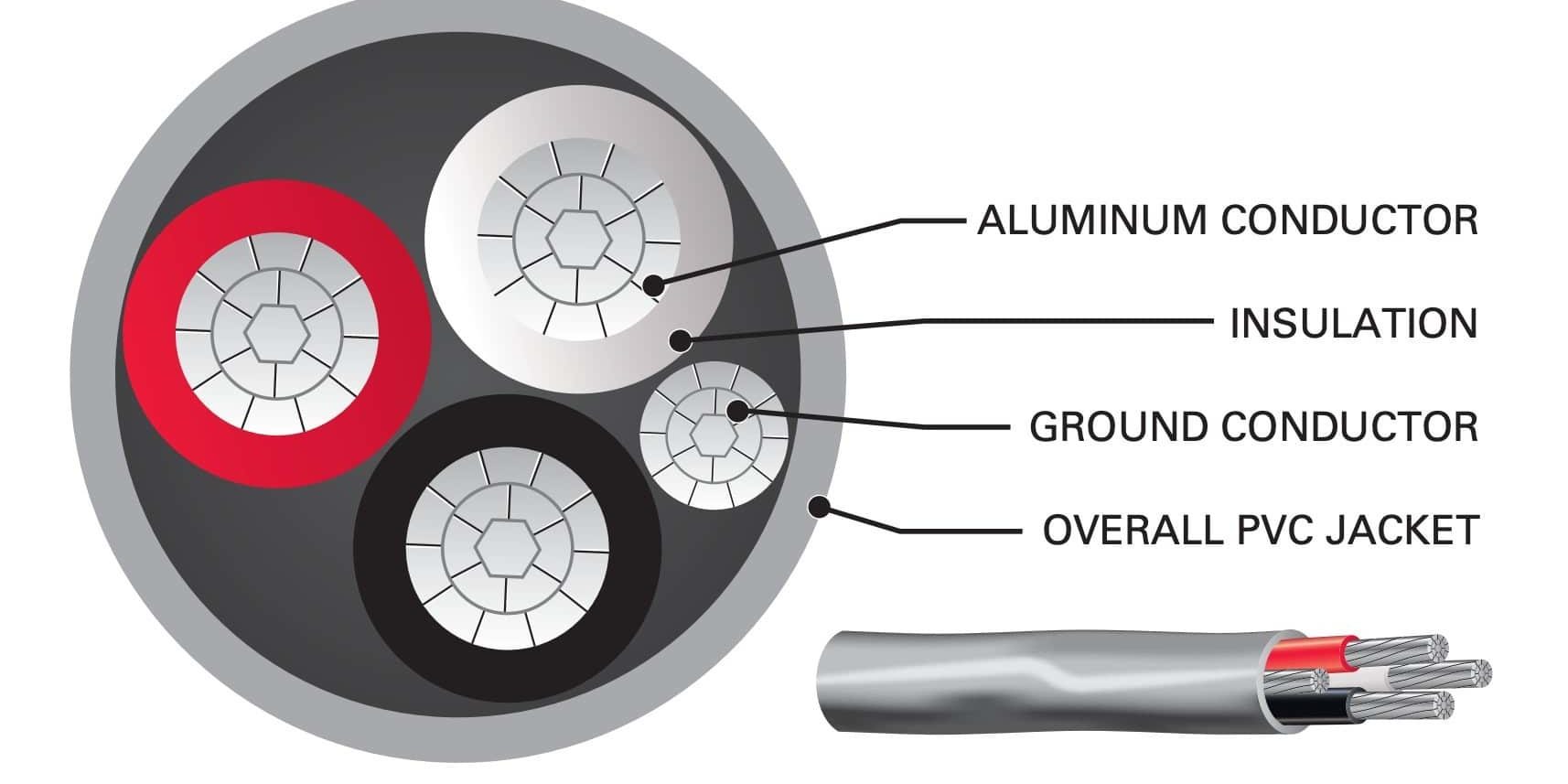Electrical contractors and electricians work with electrical wire color codes on a daily basis. But if you’re not one of these professionals, you might be wondering what the different colors of electrical wiring signify.
The simple explanation is that every color used for electrical wiring has a specific meaning, with different colors indicating different circuit types and purposes. Electrical contractors and electricians understand the color codes, but a simple guide can help you understand their significance.
Before beginning, though, it’s important to realize that different countries use different wiring color codes. In some countries, all permissible wiring colors are specified by the applicable governing body, but in others only a few specific types of wiring are required to have specific colors. In those countries, the colors used for some types of wiring are simply established by local practices followed by electrical contractors and electricians. Again, electrical contractors and electricians will be familiar with the wiring colors used in their localities.
So, the meaning of any given wiring color may vary from country to country. It can all get a bit complicated, but here’s a helpful guide to the significance of various colors used for common types of AC (alternating current) electrical wiring in different parts of the world.
American electrical contractors and electricians are required to follow the National Electrical Code (“NEC”) with regard to wiring colors. NEC imposes the following electrical wiring color standards:
- Ground wires: green, green with a yellow stripe, or bare copper
- Neutral wires: white or gray
In theory, wiring conducting live current in the U.S. is permitted to be any other color, although in practice, electrical contractors and electricians follow these local conventions:
- Single phase live wires: black (or red for a second “hot” wire)
- 3-phase live wires: black, red and blue for 208 VAC; brown, yellow, purple for 480 VAC
Most countries in Europe, including the U.K., now follow the color conventions established by the International Electrotechnical Commission (“IEC”). These color conventions are as follows:
- Earth wires (called ground wires in the U.S. and Canada): green with a yellow stripe
- Neutral wires: blue
- Single phase live wires: brown
- 3-phase live wires: brown, black and gray
Electrical wiring in Canada is governed by the Canadian Electric Code (“CEC”). The following wiring color requirements apply in Canada:
- Ground wires: green, or green with a yellow stripe
- Neutral wires: white
- Single phase live wires: black (or red for a second live wire)
- 3-phase live wires: red, black and blue
It’s important to remember that the above color information applies only to AC circuits. Completely different color standards apply to wiring used in DC circuits.
Ask a Professional Electrician
If you would like to learn more about electrical color coding or need direct help from an electrical professional, you can get in touch with us or schedule and appointment with our easy online job scheduler:
Schedule Service



